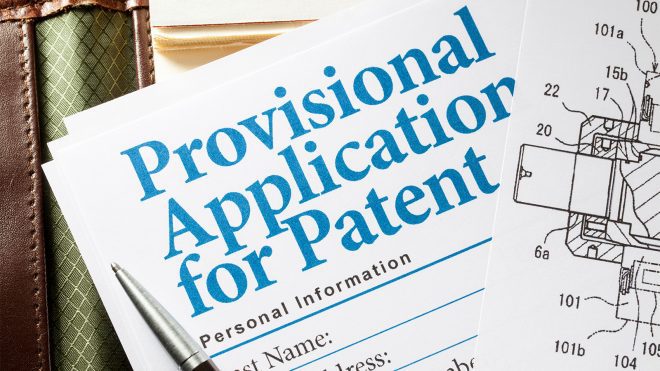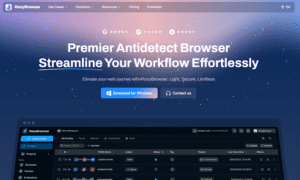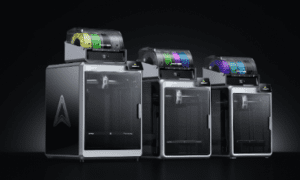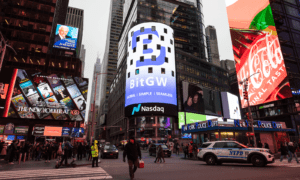by Alec Schibanoff
A granted patent – while its value is listed under “Intangible Assets” on most Balance Sheets – is very much a hard asset. It is a document from the U.S. federal government granting exclusivity to the owner (the “assignee”) of the invention covered by the patent for 20 years. It is an American concept the Founding Fathers believed to be so important that – rather than leaving it up to Congress to enact patent legislation – they incorporated patents (and copyrights) into the original U.S. Constitution! The brilliance of the Founding Fathers still amazes us 250 years later.
But what about a patent application? IPOfferings and other patent brokers represent primarily granted patents. The rights created by and protected by the patent are right there in black and white in the patent document. And when a patent is sold, ownership of the patent is “assigned” to a new owner who acquires the patent and all rights associated with the patent.
A patent application, however, is not a guarantee by the United States of America of anything! It is an application. It may – or may not – be approved and become a granted patent. In fact, only 52% of all patent applications ever become granted patents. Almost half of all patent applications are either rejected by the patent examiner or the patent application is abandoned.
When we are contacted by patent applicants who want to monetize their patent applications, we always advise them of the 50/50 approval/rejection rate. Their responses are always the same – they have the single greatest patent ever filed in the history of U.S. patentry, they have the best patent attorney to ever practice before the USPTO, and there is absolutely no doubt that their patent applications will be approved! While we admire their enthusiasm, the fact remains that only half of all patent applications become granted patents, so that factor has to be accounted for when one goes to sell a patent application.
The 50/50 approval/rejection rate of a patent application must be accounted for in the sale of a patent application. It is usually done in one of the following manners.
♦ Cash Sale: Some patent applications are simply purchased for cash, and the acquiring entity takes over the prosecution of the patent application – sometimes retaining the original patent attorney, sometimes engaging a new one – and the new assignee of the patent application assumes the risk that the patent application may not be approved as a granted patent. In such cases, the buyer has usually conducted considerable due diligence and is reasonably satisfied that a patent will be granted.
♦ Buy an Option: Some acquirers will pay for an option on the granted patent – for if and when it is granted. A purchase price for the granted patent is agreed to, and when the patent is granted, it will be transferred to the new owner in exchange for the agreed-to purchase price. Either the original applicant continues with the prosecution of the patent application, or the optioner takes over the prosecution. If the patent application is rejected, the original applicant keeps the money he or she was paid for the option, but there is no patent sale because there is no granted patent.
♦ Purchase with Bonus: The acquirer buys the patent application for X dollars and takes over prosecution of the patent application. Should a patent be granted, an agreed-to bonus of Y dollars is paid to the original applicant.
For both of the second two options there is the sticky question of which claims make it through to the granted patent. It is not uncommon for a patent examiner to accept some claims and reject others, so it is possible – in fact, likely – that the patent that is granted will not have all the claims from the original application, some of which may be of importance to the buyer, so this factor has been included in the agreement to acquire the patent application or take an option on the granted patent.
Published vs. Unpublished Patent Applications: When a patent application is filed, it is held in secrecy by the Patent Office for 18 months, at which point the patent application is published. That is, it is made public. As a result, it is much easier to sell a published patent application since anyone can go the USPTO website or Google Patents or a half-dozen other websites and see the actual patent filing. During those first 18 months – while the patent application is a secret document – giving copies of the patent filing to anyone who asks to see it is – to say the least – messy. You can see why it is much easier to sell a published patent application than an unpublished one.
Why Wait 18 Months? The reason the Patent Office sits on a patent application for 18 months is not arbitrary. When Company A comes up with a new idea for a toaster oven, it files a patent application for its new technology. That 18 months of secrecy gives Company A time to develop its new product – do the design, engineering, testing, prototyping, packaging, sourcing, and other tasks required to bring a new toaster oven to market – and proudly label it “Patent Pending.” And it can do this without fear that one of its competitors will steal the idea behind Company A’s new toaster oven. Once the patent is published, and the patent application is approved, “Patent Pending” will be replaced with the Patent Number. If the patent application is NOT approved, “Patent Pending” has to come off the product, but Company A had a couple of years of de facto patent protection while the patent application was in prosecution. Giving patent applicants that 18 months promotes innovation, and that is the whole idea behind patents in the first place!
However, that 18 months provides NO benefit to the independent inventor who does not have a factory in which he or she can produce a product based on his or her patent. If the plan is to monetize your patent – and not commercialize it – it makes no sense to wait out those 18 months in secrecy.
Our advice to all independent inventors who do not plan to commercialize their patents but hope to sell or license or otherwise monetize them, is to request that the Patent Office publish their patent applications immediately so they become public documents, making them much easier to promote to prospective buyers and licensees.
Alec Schibanoff is Vice President of IPOfferings LLC, a leading patent brokerage firm. In addition to patent brokerage, IPOfferings publishes a newsletter that covers new patents coming to market. IPOfferings also offers IP consulting services, offers three patent valuation services, and has an extensive list of patents for sale at its website.



































